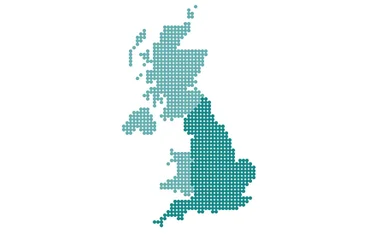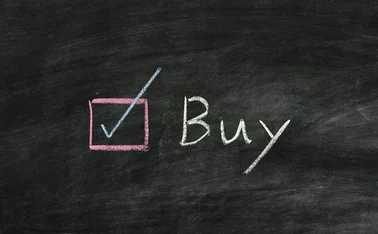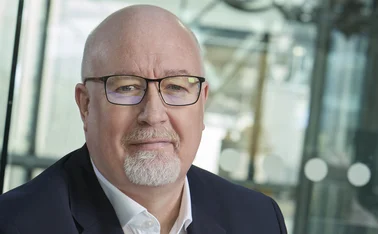
In-depth - Personal lines: Technological revolution
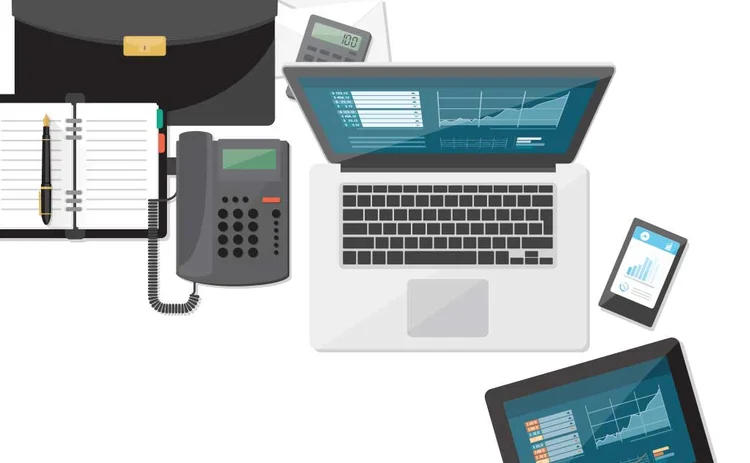
Coplus director Jason Tripp asks ’is a technology revolution in personal lines claims long overdue?’

“It struck me recently how we really don’t notice the way in which technology advances have impacted on our daily lives.
It’s only when we look back at how we used to do things that the differences are clear. We live in a multi-media, online world and routinely use our phones for a wide range of purposes; enabling us to catch up with friends, conduct personal business and enjoy leisure at all times and in any location.
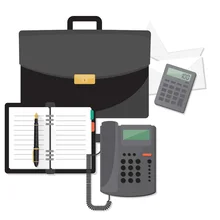
And yet, when it comes to making a motor or home insurance claim, technology advances have been pretty slow and, in truth, claims are handled in much the same way as they were ten years ago.
Support
Some of this may well be due to our basic human need for support and understanding at a time of crisis and it is important that customers should always have the choice of speaking to someone when they want to, but there is no doubt that limitations of legacy systems and data integration across the insurance industry have played their part in limiting speed of progress.
Until recently we talked about ‘mobile first’ as the principle for designing services to customers, but it seems we are rapidly moving towards ‘mobile only,’ given that mobile web usage overtook desktop for the first time at the end of last year.
Our phones are where we do most of our online communication and the claims world needs to recognise this fact. Does the customer need to scan in a repair bill? Surely a photograph is just as good!
Some insurers already provide self-service, online capability, but this rarely includes the ability for customers to view their claims status updates, resulting in further phone calls and enquiries to the insurer.
Trust
As well as being convenient, there is an established level of trust in digital channels. The rise of banking apps is a powerful indicator of this; usage having significantly grown over recent years, with two in three UK adults now using these.
Age may also have a bearing on a customer’s claims communication preference, with research suggesting that the millennial generation actually has more confidence in digital; indeed preferring this over a conversation with a company employee who might make a mistake when taking down the information.
There is a good deal of conversation now around the adoption of bots and machine learning within insurance, enabling the complex legacy databases to access data more easily.
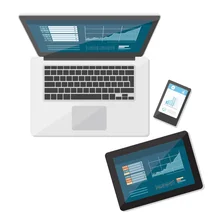
This certainly offers potential for a more streamlined claims experience, but all participants in the claims delivery chain – insurers, brokers, engineers, loss adjusters, repairers – have to become involved in this data integration if real-time status information is to be made available to the customer. These notifications and alerts can then be delivered to the customer via a proprietary app, website or even the customer’s choice of platform like WhatsApp.
Developments
Other recent developments in claims go further than customer communications, helping brokers and insurers minimise cost and work more efficiently. Artificial Intelligence software can now help make sense of images and technology. This can be seen in action at Tractable where technology is being used in motor claims to assess vehicle damage.
These technologies claim to offer a higher degree of accuracy than traditional assessment methods, as well as delivering time and cost savings.
Technology is also changing the claims supply chain, opening up to new suppliers that don’t follow the traditional business models. Shepper and 360globalnet are two such examples.
Their field agents run ‘non-contact’ visual inspections for multiple customers, being able to verify information, take photographs and collate information for a claim at a fraction of the cost of a qualified loss adjuster.
One thing is certain, customer expectations are changing and digital disruption must come to the claims industry.
Intelligent utilisation of technology in the claims world will yield benefits for consumers and insurers alike.”

Read part one of this In-depth feature
In-depth - Personal lines: The omni-channel future
From a high street presence to mobile phones, brokers need to offer a range of possible ways to engage with new customers and hold onto existing clients
Only users who have a paid subscription or are part of a corporate subscription are able to print or copy content.
To access these options, along with all other subscription benefits, please contact info@insuranceage.co.uk.
You are currently unable to print this content. Please contact info@insuranceage.co.uk to find out more.
You are currently unable to copy this content. Please contact info@insuranceage.co.uk to find out more.
Copyright Infopro Digital Limited. All rights reserved.
You may share this content using our article tools. Printing this content is for the sole use of the Authorised User (named subscriber), as outlined in our terms and conditions - https://www.infopro-insight.com/terms-conditions/insight-subscriptions/
If you would like to purchase additional rights please email info@insuranceage.co.uk
Copyright Infopro Digital Limited. All rights reserved.
You may share this content using our article tools. Copying this content is for the sole use of the Authorised User (named subscriber), as outlined in our terms and conditions - https://www.infopro-insight.com/terms-conditions/insight-subscriptions/
If you would like to purchase additional rights please email info@insuranceage.co.uk
Most read
- Zurich strikes five-year capacity deal with MGA Freedom Services
- Aviva to open branches in Chelmsford and Southampton
- Pen inks £150m social housing capacity deal with SiriusPoint





